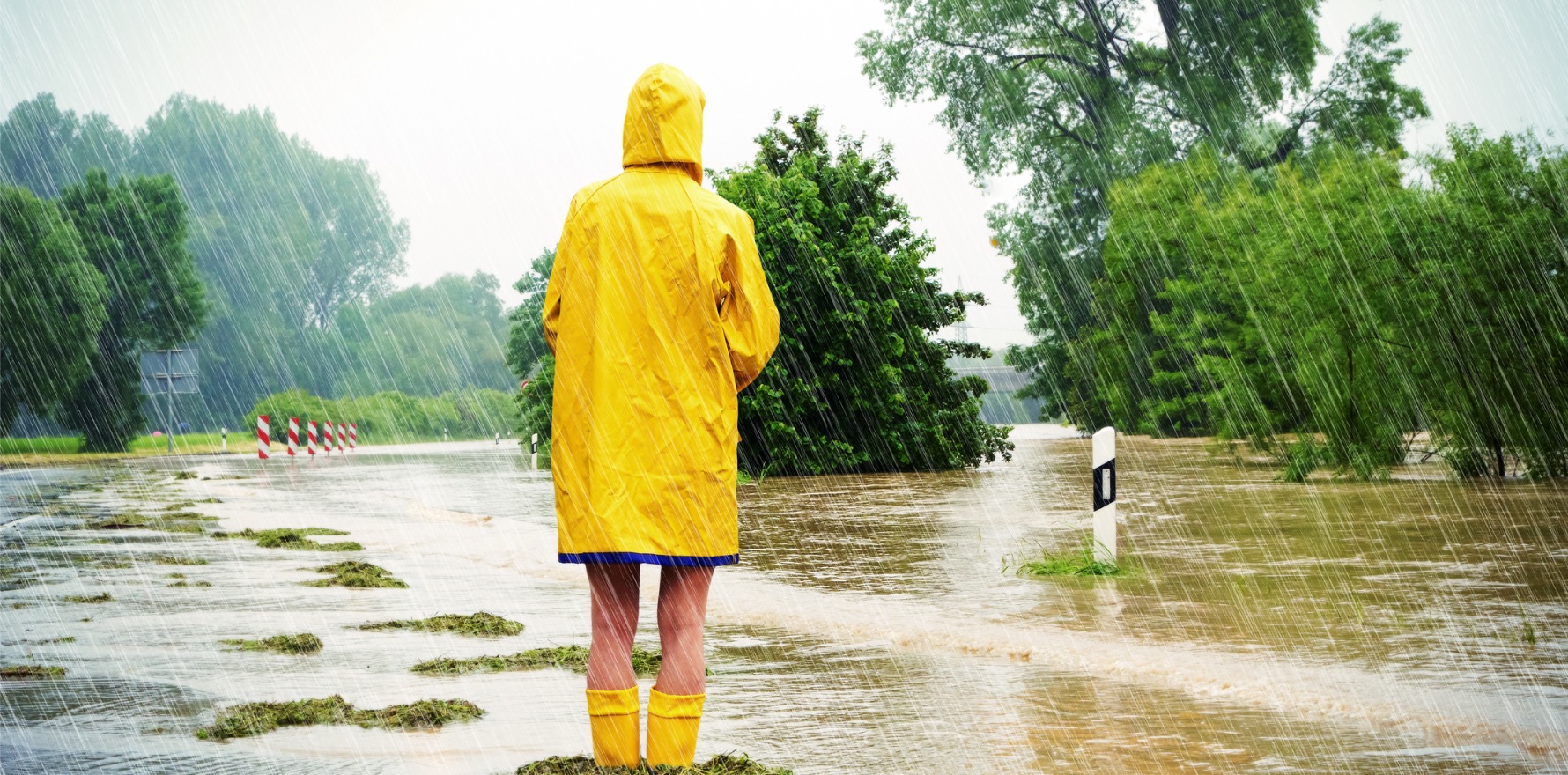Floods in NSW have echoed demands for immediate reform to infrastructure in disaster prone areas.
Over the past week, the Mid-North Coast of NSW has been met with relentless rainfall, resulting in immense flooding that has already claimed 4 lives as of reporting.
Flooding has proven to have a major health impact on affected areas; a recent Monash University study found exacerbated flooding rates were increasing the risk of diseases linked to hospitalisation by 26%.
The study mirrored concerns previously expressed by many rural health bodies, stating that the report “backs up what you observe”.
However, many rural health bodies have also pointed out how there are repeat issues in flood responses – specifically a lack of necessary infrastructure to support the surge in need for healthcare response.
During the Queensland floods earlier this year, the National Rural Health Association reported that many Australians in disaster-prone areas are forgoing flood insurance due to its increasing unaffordability.
“It’s sudden homelessness, sudden loss of income, sudden absence of medical care in some settings, that has these flow on effects that last as long as they do,” ACRRM president Dr Rod Martin told The Medical Republic.
However, there has been reported infrastructural progress regarding responses, with instances in Cairns of general practice being given priority access to electricity and remote generators.
“That was because for years now we’ve been saying it needs to be a priority and that it should be planned for,” RACGP rural chair Professor Michael Clements told TMR.
“It was not new information or a new proposal.”
Related
Community outreach has seen the most development, with these disaster-prone areas having experienced similar events, crowd sourcing information has become a normality.
“So those of us that have been through a natural disaster tend to help out on Facebook and help people with advice and even some of the rules around Medicare billing and how in a natural disaster area you don’t need to have seen the person face to face in 12 months to be able to provide telehealth,” Michael Clements said to TMR.
“We’ve really got to stop thinking about these things as being anomalous and rare and actually start building our systems so that we’re ready for it.”
Regarding government outreach, rural health bodies have called for greater communication between each level of government to more efficiently react in times of natural disasters.
“There is an opportunity for the federal government, through the way it funds practices, through Medicare and incentives, to actually help build rural infrastructure,” Michael Clements said.
“Or at least help those practices fund things like generators and cloud-based solutions, so that the practices in those rural and remote areas can stand up quicker.
“The state government tends not to invest too much in infrastructure in general practices.
“They don’t see it as their job, but the state government still has roles in in the disaster planning and response phases to look at, how do they augment general practices, as opposed to keeping general practice at arm’s length.”





